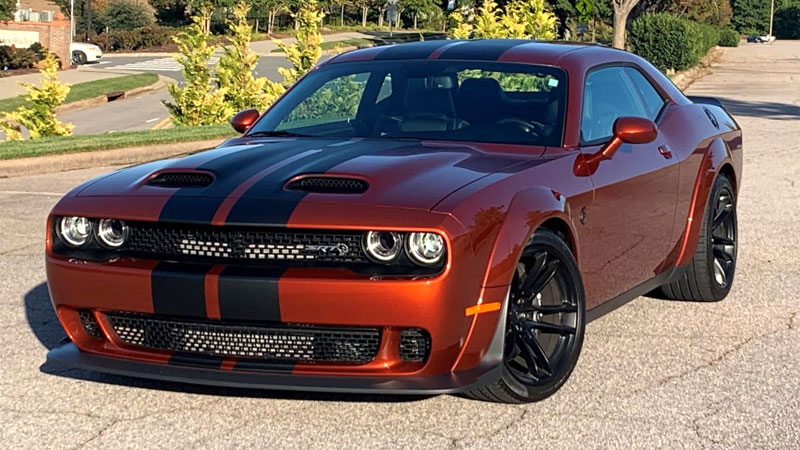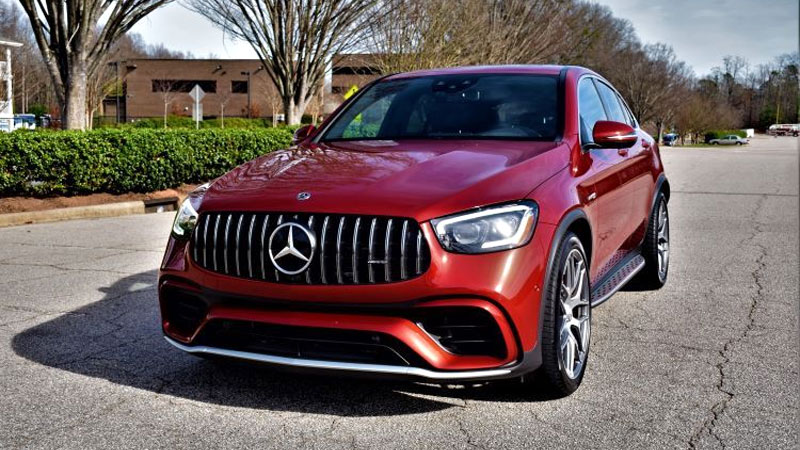2020 Dodge Challenger SRT Hellcat Redeye Widebody Coupe
On the road with the hottest Hellcat of all. The Dodge Challenger is a mid- to large-size sport coupe, a throwback to models popular in the 1960s and 1970s. The current model, introduced in 2008, has undergone numerous tech and engineering iteration since, but otherwise remains largely the same over … Read more


